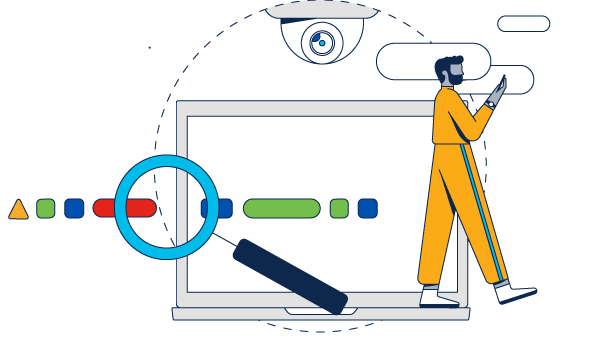What is enterprise risk management (ERM)?
ERM is a comprehensive approach to managing risk across a large organization. An ERM program helps organizations identify their risks and assess their impact on the business. A successful ERM strategy can help reduce operational risk and financial risk, while improving compliance and security.
Why is risk management important?
Risk management is important because the process helps organizations prepare for potential threats to the business. When organizations have a comprehensive risk management plan in place, they are better equipped to make decisions that safeguard their data and systems from attacks.
What are the benefits of risk management?
An effective risk management strategy can enable benefits like:
- Reduced risk of data breaches, system outages, and other security incidents
- Fortified security of data and systems
- Protected reputation
What is vulnerability management?
Vulnerability management is the process of proactively identifying security weaknesses and flaws in IT systems and software, tracking the vulnerabilities, then prioritizing them for remediation.
What is the difference between managing risk and managing vulnerability?
Risk management is different from vulnerability management. Risk management helps identify, assess, and mitigate potential threats and vulnerabilities across an organization, while vulnerability management targets weaknesses in systems, processes, or assets to minimize the likelihood of exploitation.
What is risk-based vulnerability management?
Risk-based vulnerability management prioritizes remediating cybersecurity weaknesses based on their likelihood of exploitation and impact. Because not all vulnerabilities can be fixed, businesses need to prioritize the highest-risk vulnerabilities to efficiently improve risk posture.
